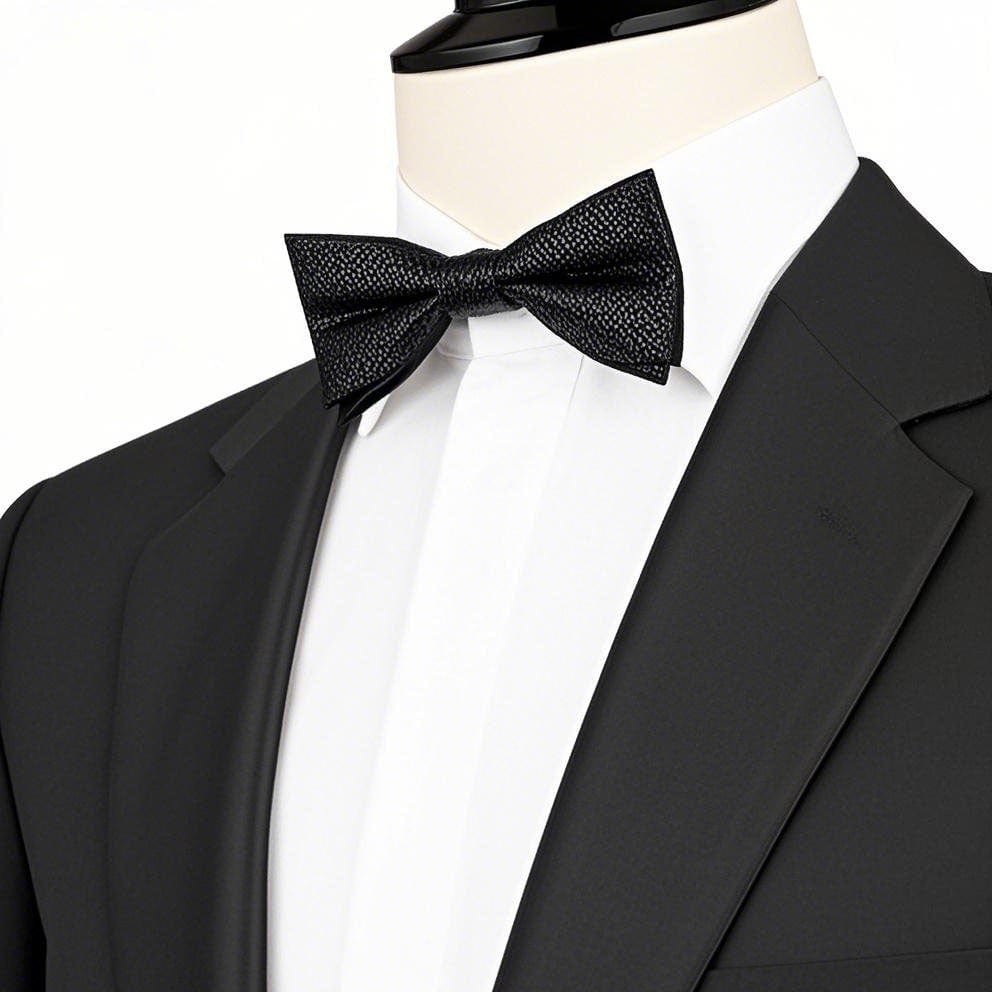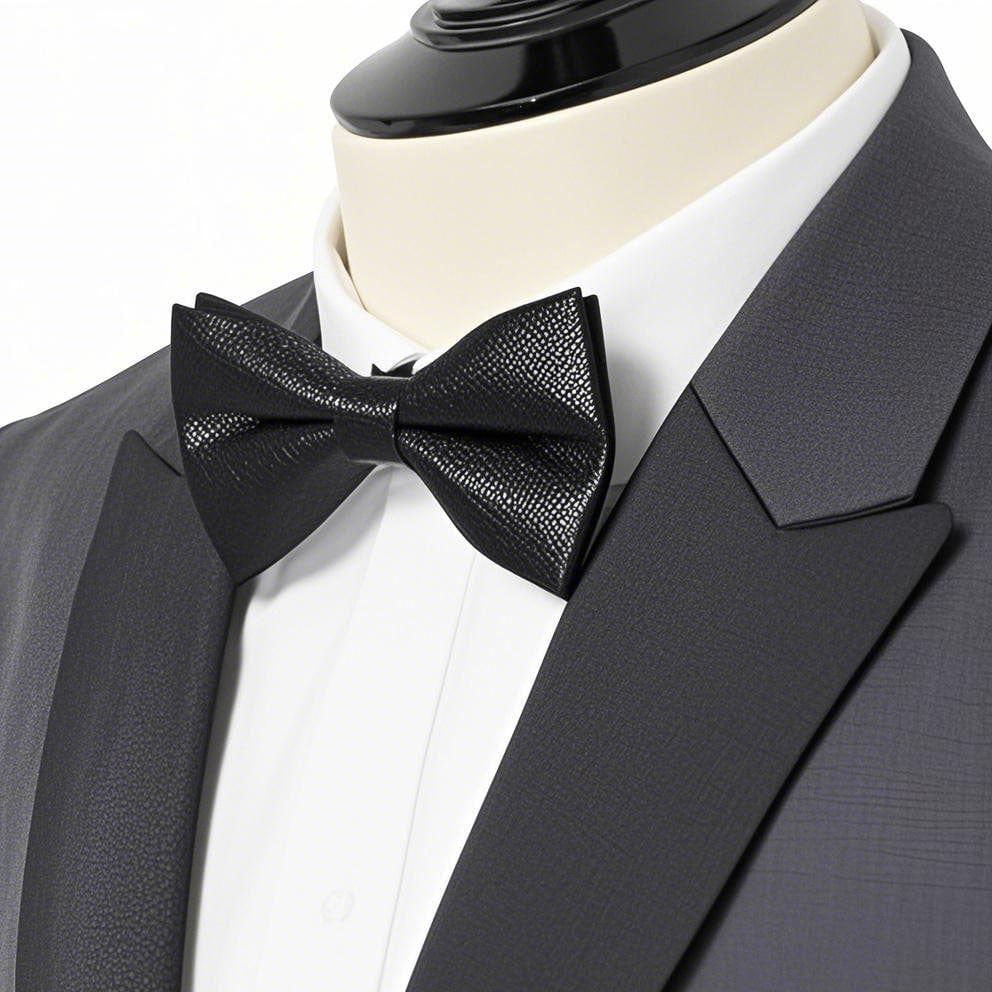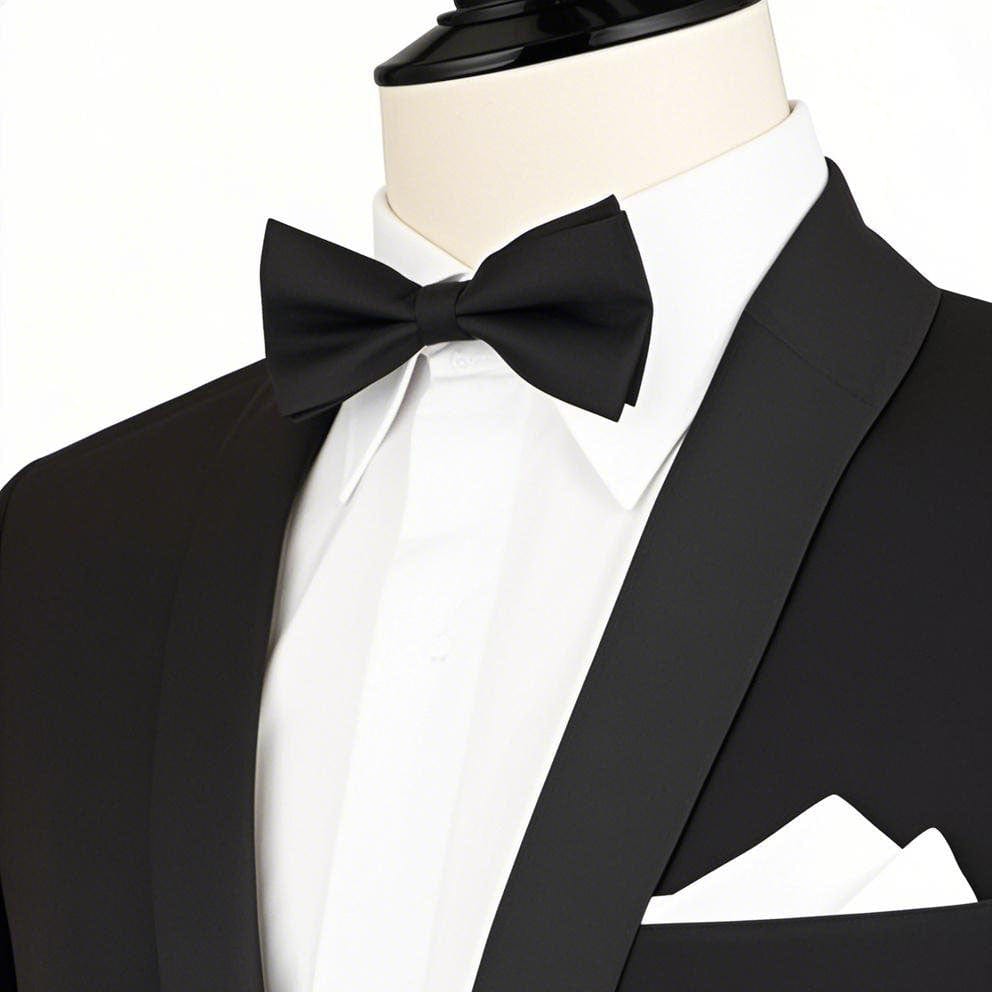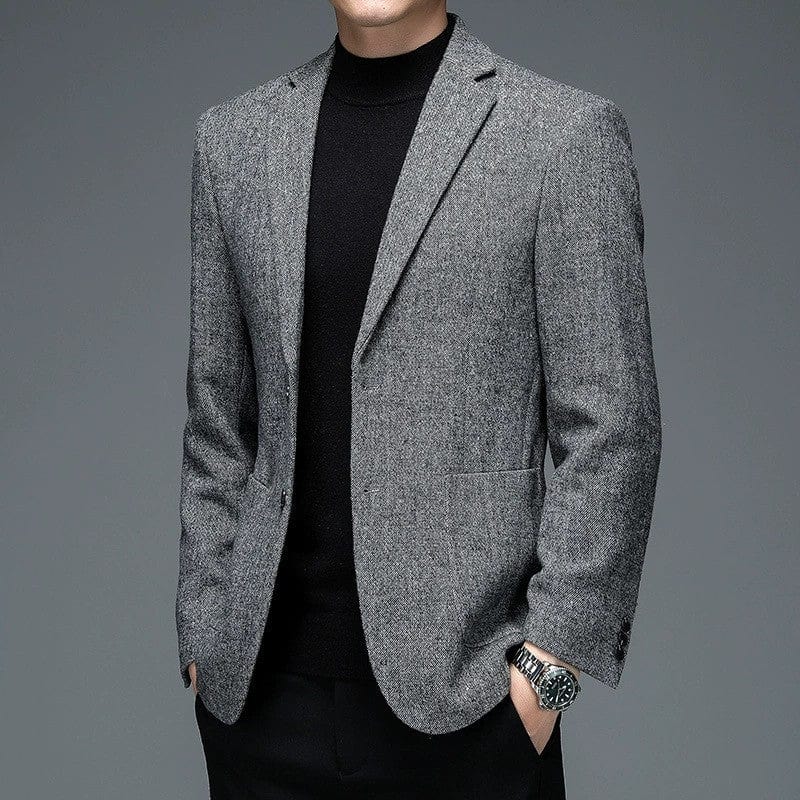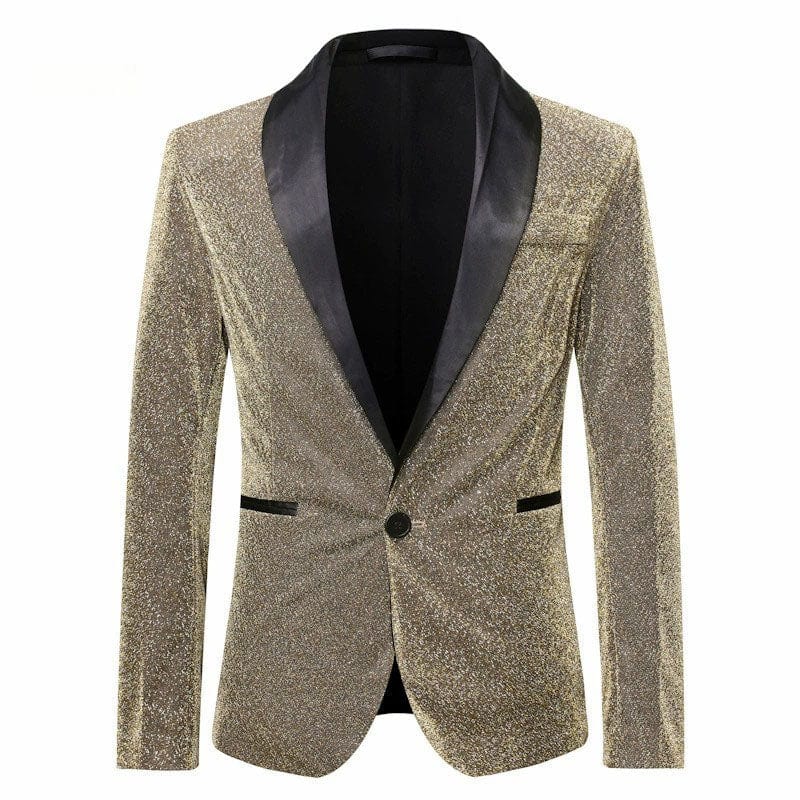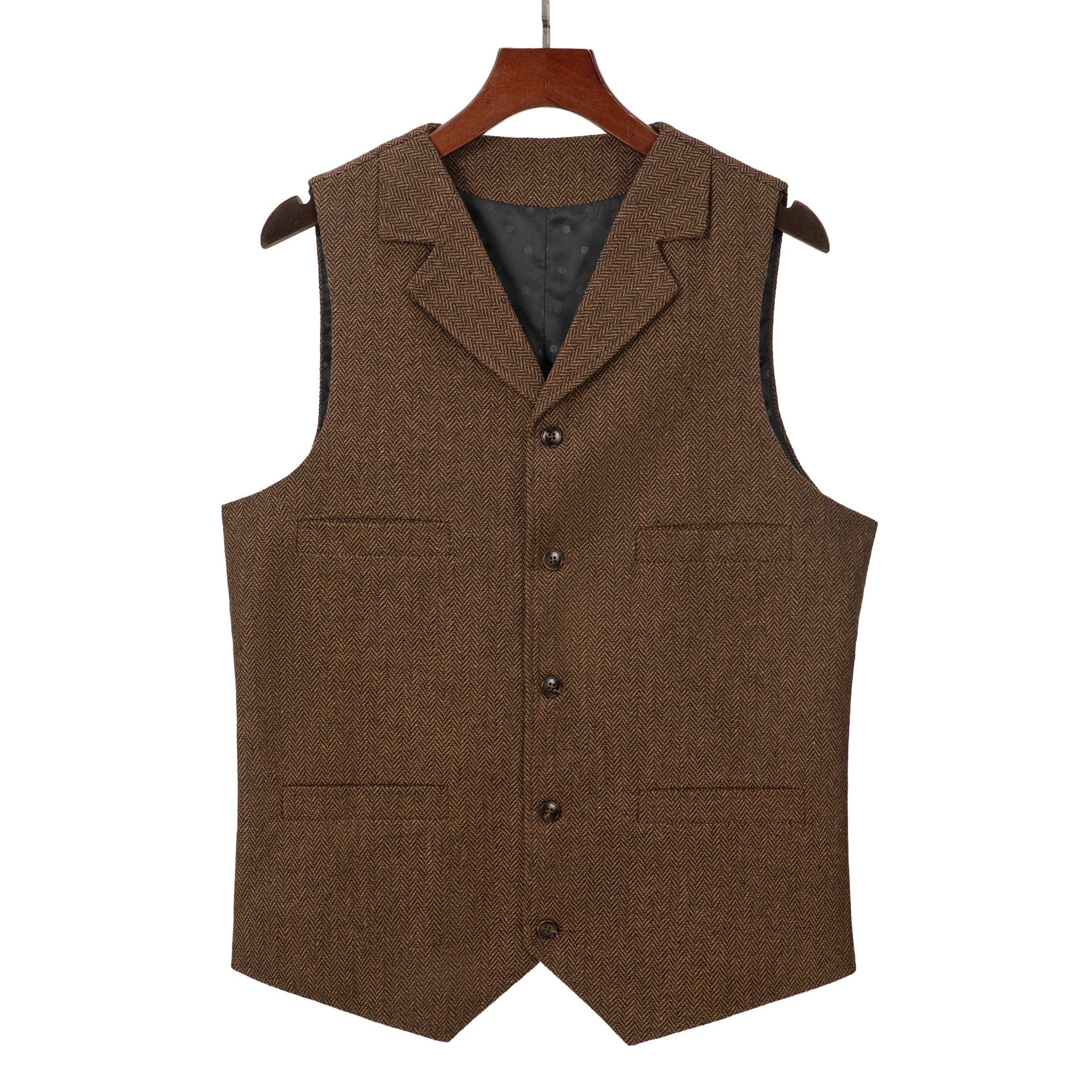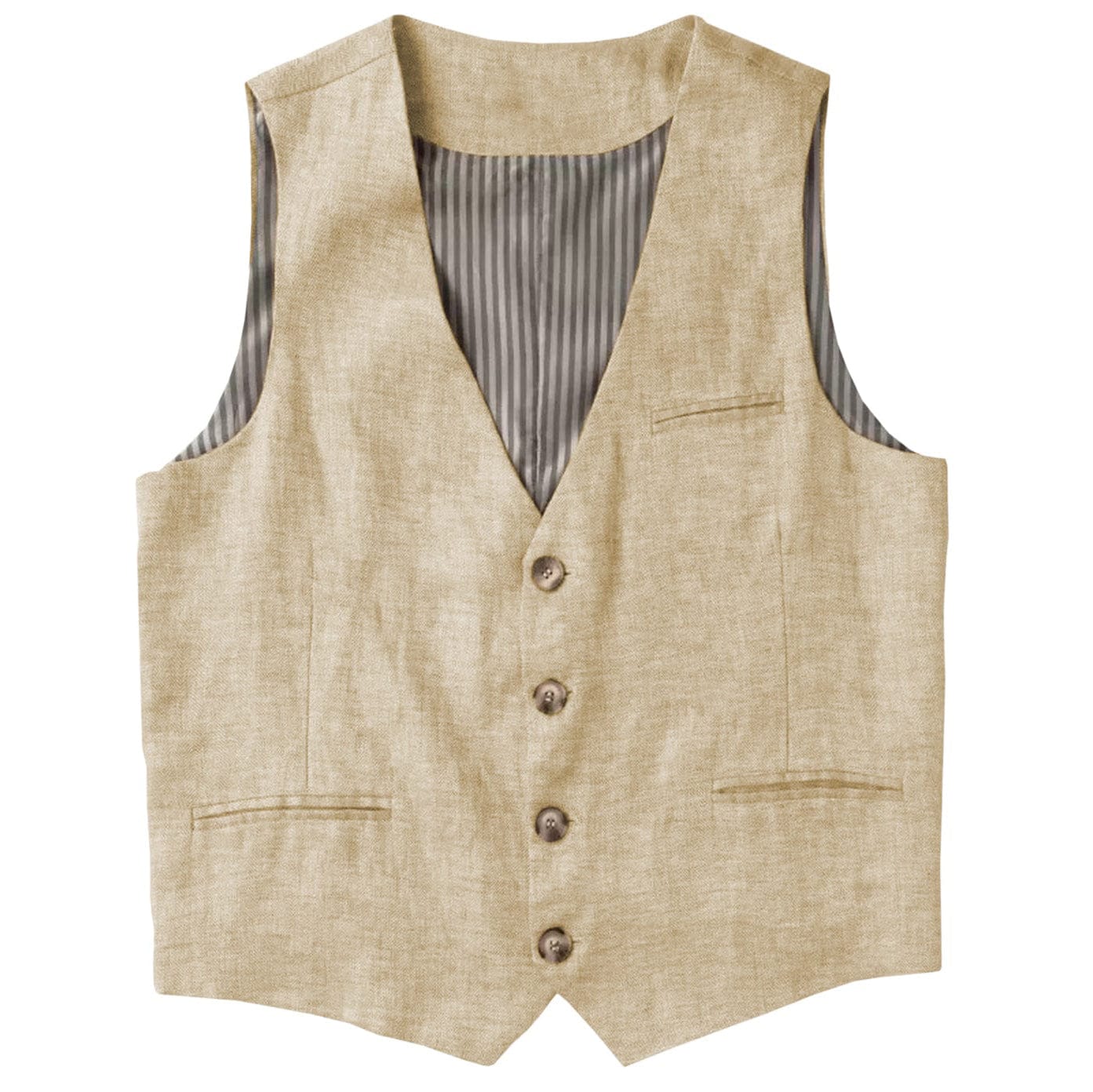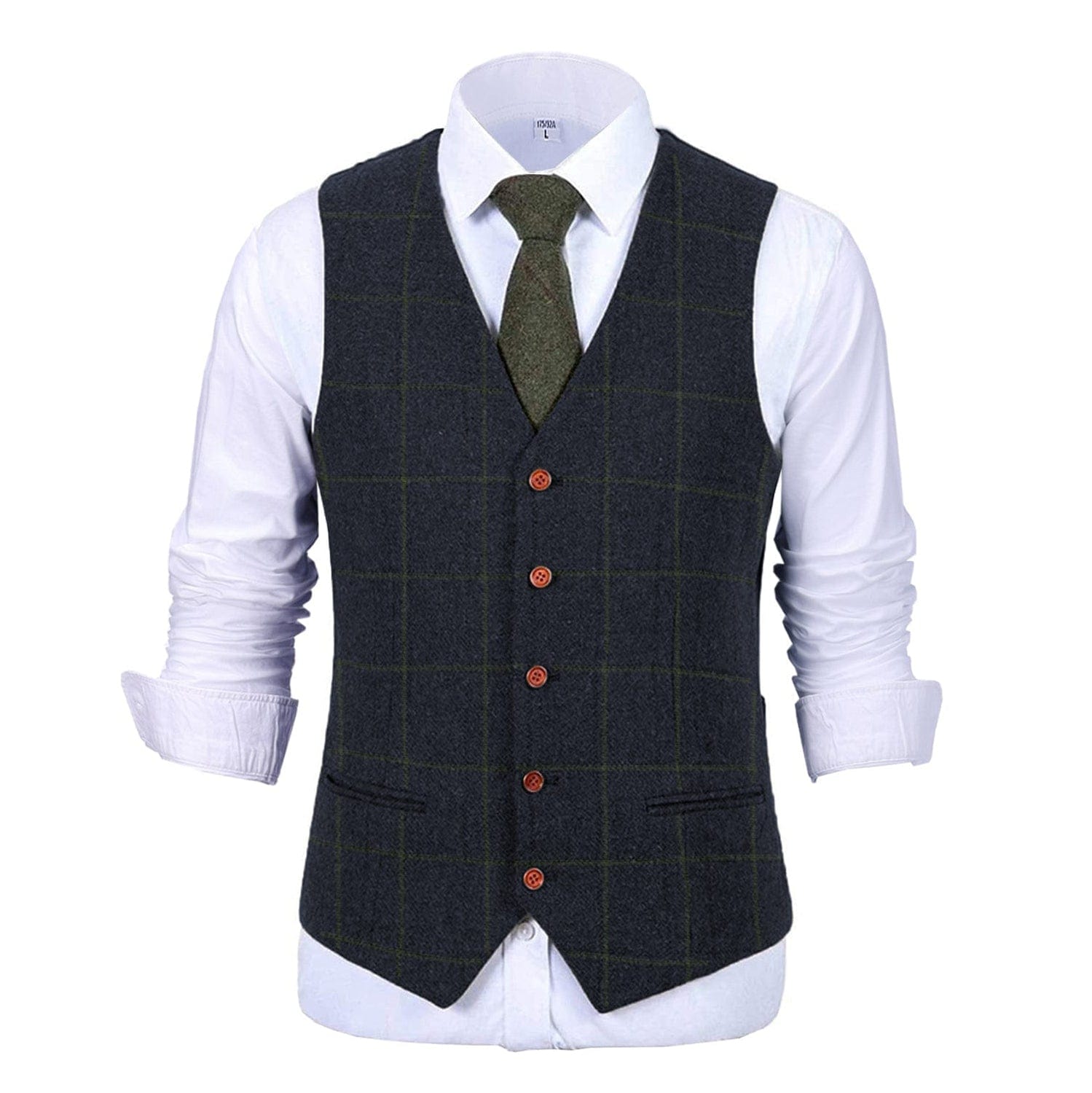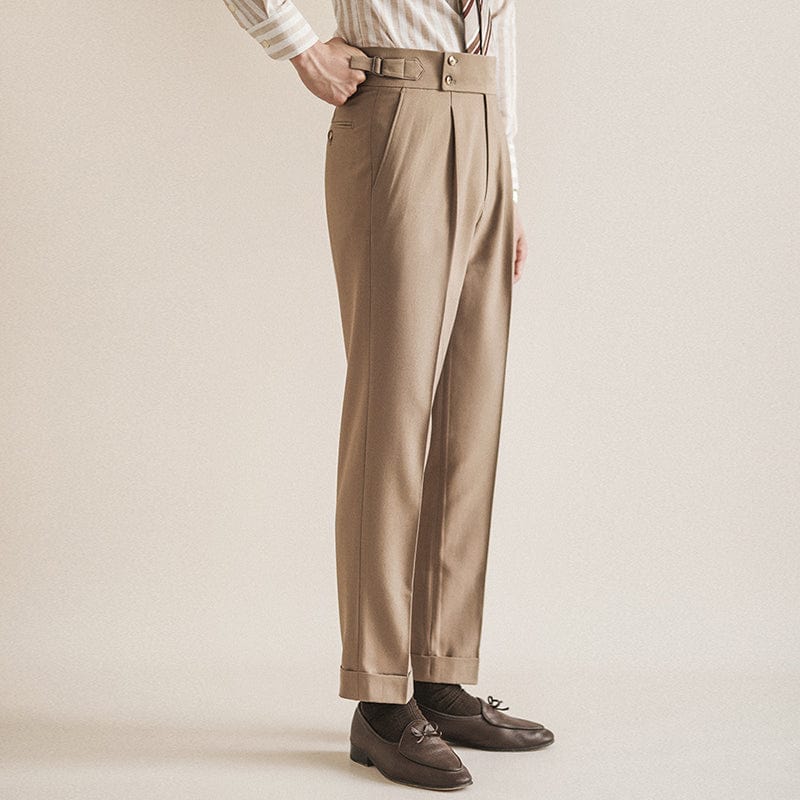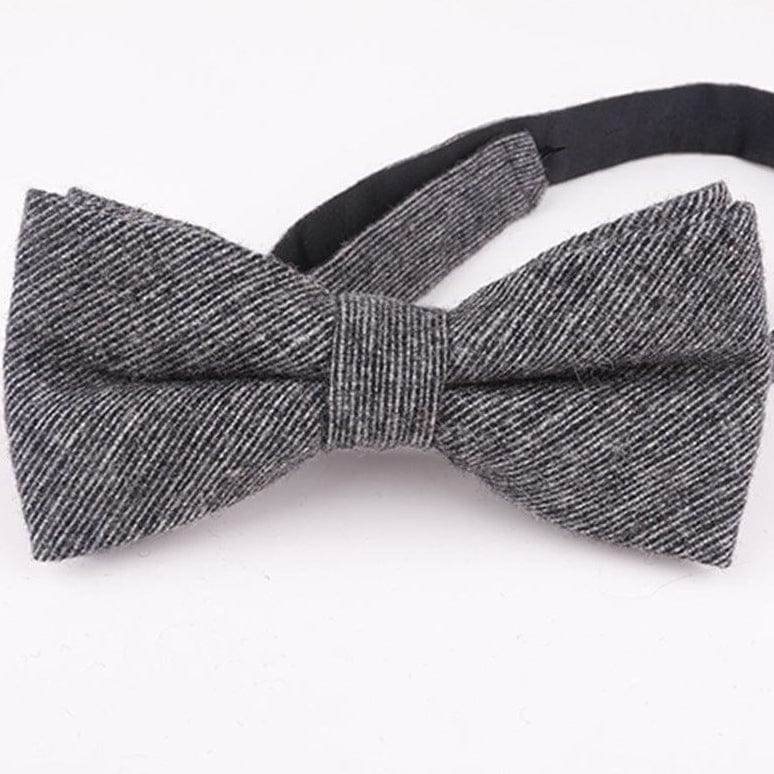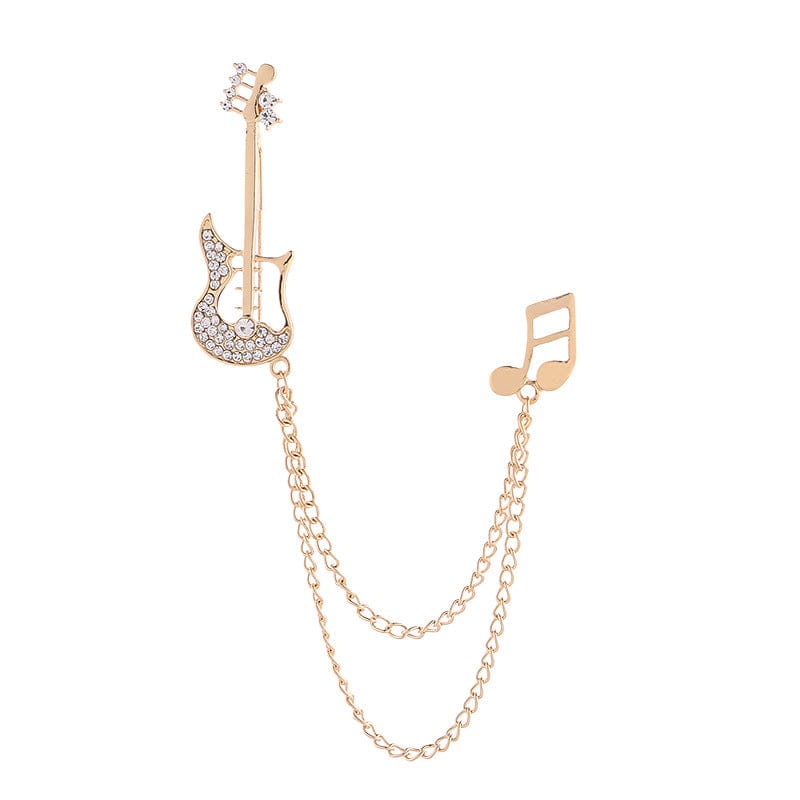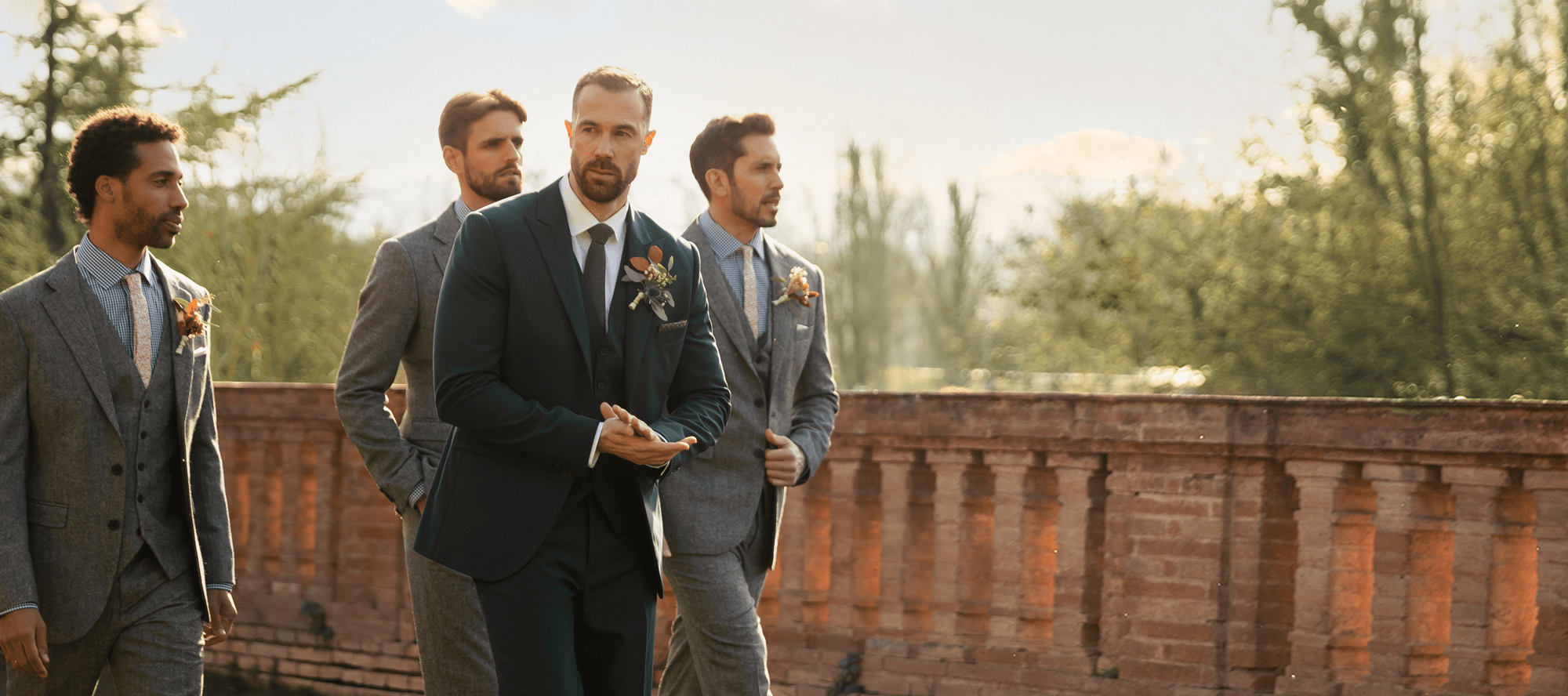Overview
Men's suits have evolved significantly from the 17th century to today, reflecting cultural changes and fashion trends. Key historical shifts include tailored coats in the 17th century, the impact of the Industrial Revolution in the 19th century, the rise of modern styles in the 20th century, and a focus on sustainability in the 21st century. Current trends emphasize comfort, versatility, and individual expression, while choosing the right suit involves attention to fit, material, and accessories. The future of men's suits promises further innovations in style and sustainability.
Frequently Asked Questions
1. What is the history of men's suits?
2. What characterized 17th-century men's suits?
3. How did the Industrial Revolution impact men's suits?
4. What are the defining features of modern men's suits?
5. How can I choose the right suit for myself?
Men's suits have a long and fascinating history that reflects cultural shifts, societal changes, and evolving fashion trends. From their origins in the 17th century to the modern styles we see today, the evolution of mens suits illustrates not just a change in clothing but also the values and attitudes of different generations. Join us as we embark on a journey through time, exploring the key milestones in the development of men's suits.
The 17th Century: The Birth of Modern Mens Suits
The origins of modern mens suits can be traced back to the 17th century. This era marked a significant change as men began to adopt a more tailored approach to their clothing. Previously, clothing was loose-fitting and ornate, but a new focus on structure and fit began to emerge.
In the late 1600s, the suit began to take shape in its current form. Wealthy men donned coats with an attached waistcoat, creating an ensemble that would later be known as a three-piece suit. This new style was often made of fine textiles, featuring intricate embroidery—although, these were far from the cheap suits that some may wear today. Colorful materials and rich fabrics defined this period's fashion, and a man’s suit became a symbol of social status.
Defining Characteristics of 17th-Century Suits
- Tailored coats with a fitted silhouette
- Matching waistcoats
- Richly textured fabrics, often adorned with embroidery
- Bright, bold colors
The 19th Century: Industrial Revolution Influence
The Industrial Revolution brought about changes not only in manufacturing but also in the world of fashion. By the 1800s, mens suits started to gravitate toward more functional styles. The introduction of the sewing machine and mass production allowed for greater accessibility and affordability—leading to the rise of cheap suits for the working man.
This period saw the emergence of the frock coat, which was longer and often featured a tail. This was common among gentlemen attending formal events. The first tuxedos began to appear toward the end of the 19th century as evening wear, marking a significant shift in mens formal attire.
Key Features of 19th-Century Mens Suits
- Frock coats with longer lengths
- Introduction of the tuxedo for formal occasions
- Focus on versatility and functionality
- The emergence of suits for the middle class
The Early 20th Century: The Rise of the Modern Man
The 20th century ignited a revolution in men’s fashion. The suit saw a transition from ornate designs to cleaner, sharper lines. The styles popularized in the 1920s began to define what we consider a modern mens suit today. In this era, suits became popular attire for all occasions, not just formal events.
The introduction of the "sack suit" was one of the most notable changes, characterized by a looser fit that was both comfortable and stylish. This type of suit allowed men to be both practical and fashionable, reinforcing the concept that a good men’s suit wasn’t only reserved for the elite anymore.
The 1920s Suit Characteristics
- Sack suit: a more relaxed and practical fit
- Two or three-piece options became common
- Subdued colors and patterns
- Wool fabric for durability and comfort
The Mid-20th Century: Tailoring Takes Center Stage
As society progressed into the mid-20th century, the suit became synonymous with professionalism and masculinity. The tailoring industry flourished, and bespoke tailoring began to gain traction as men sought suits that reflected their individual styles.
The introduction of the slim-fit suit in the 1960s marked another pivotal shift. The aesthetics of mens suits began to change, emphasizing fit and silhouette. This decade ushered in a new era of color as well, with bold patterns and fabric choices that diverged from the previous generations.
1960s and 1970s Suit Features
- Introduction of slim-fit styles
- Vibrant colors and patterns
- Influence of youth culture on design
- Variety in styles, including double-breasted jackets
The 21st Century: Modern Styles and Sustainability
Entering the 21st century, mens suits continue to evolve while embracing sustainability and individuality. The modern man values comfort and versatility, leading to a rise in relaxed styles that remain polished. Fabric technology has advanced, introducing breathable materials and wrinkle-resistant features, making formal suits for men more practical for daily wear.
Today, mens 3 piece suits have regained popularity, offering a sophisticated look for various occasions. Men can now opt for lightweight materials, which provide both comfort and style, catering to diverse climates and preferences. Additionally, sustainability has become a pressing consideration in fashion, pushing designers to explore eco-friendly fabrics without sacrificing style.
Current Trends in Mens Suits
- Rise of sustainable fabrics
- Relaxed yet tailored silhouettes
- Casual styles; suits worn with sneakers
- Mixing and matching of separate pieces
Cultural Influences on Men's Suits
Men's suits are not just a reflection of changing styles; they also serve as a canvas for cultural expressions. Each decade has its influences rooted in societal shifts, media representations, and public figures. Today, fashion icons like actors, musicians, and influencers are leading trends, setting the tone for what defines a modern mens suit.
The influence of pop culture, especially films and music, has often redefined how suits are viewed. Cinematic heroes have glamorized the suit, turning it into a symbol of power, sophistication, and sometimes rebellion. This powerful cultural interplay has allowed mens dress suits to transition smoothly from boardrooms to red carpets.
Ways Culture Shapes Men's Suit Trends
- Influence of cinema and iconic characters
- Impact of music and street fashion on styles
- Globalization and cross-cultural adoption of styles
Choosing the Right Suit: A Modern Approach
With the vast array of styles, fits, and fabrics available today, choosing the right suit can feel overwhelming. However, understanding the key elements of a well-fitted suit can make the process easier and more enjoyable.
Whether opting for formal suits for men for a special occasion or looking for a versatile option that can be dressed up or down, consider the following:
Fit is Paramount
The fit of a suit determines its overall appeal. Here are some tips:
- Ensure the shoulders align comfortably with your own
- The chest should be snug without excessive pulling
- Jacket length should cover your seat; sleeves should end at the wrist
- Pants should fit comfortably while allowing movement
Material Selection
Choosing the right fabric can greatly influence comfort and appearance. Popular materials include:
- Wool: Versatile and durable, suitable for various climates
- Cotton: Lightweight and breathable, perfect for casual summer suits
- Blends: Offering both durability and comfort
Accessorizing Your Suit
The right accessories can elevate a suit from ordinary to extraordinary. Here are some essential pieces to consider:
- Ties: Choose colors and patterns that complement your suit
- Dress shirts: A crisp, well-fitted shirt is always a must
- Shoes: Match your shoes to the formality of your suit for a cohesive look
Personal Style Meets Functionality
As men navigate the world today, the importance of personal style has never been more pronounced. While traditional mens suits remain a staple in formal settings, personal expression has taken a front seat. The contemporary man embraces fashion as a reflection of his personality—whether it be through a striking tie, choice of shoes, or even custom alterations.
While the idea of suits may evoke images of rigid formality, the modern interpretation encourages individuality and creativity. Whether you prefer traditional mens dress suits or delve into edgier designs, the essence of a suit is rooted in self-expression.
The Future of Mens Suits
The evolution of mens suits is far from over. It will be intriguing to observe how upcoming fashion trends continue to shape this wardrobe staple. As technologies advance and the fashion landscape shifts, we can anticipate exciting innovations in styles, sustainability, and accessibility. The future holds the promise of even more unique designs that balance tradition with modernity.
As we look forward to what lies ahead, one thing remains clear: the story of men's suits is ongoing, rich with history, culture, and the spirited evolution of style.
Stay Ahead of the Fashion Curve!
Now that you've traveled through the timeline of men's suits, it's your turn to make a mark with your own style. At Ceehuteey, we offer a range of mens suits that cater to various tastes and preferences. Whether you're looking for affordable options, timeless mens 3 piece suits, or contemporary styles, the journey of choosing your suit is just beginning. Unlock the mystery of men's fashion and step out with confidence!

